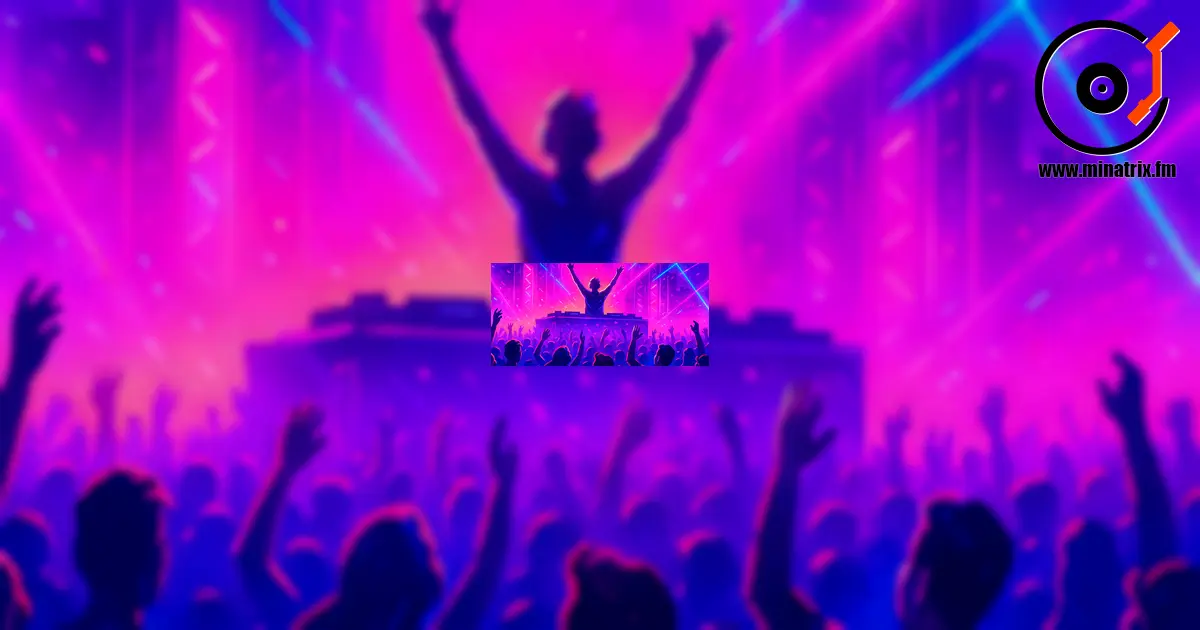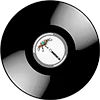
What is EDM? History, genres, artists, festivals and essential tracks. Electronic Dance Music today is a global culture of dance and rhythm.
EDM (Electronic Dance Music) is a global musical phenomenon. It’s not just a style, but an entire culture that unites hundreds of subgenres and millions of listeners. EDM sounds on stadiums, in headphones, TikTok trends and video games. It is music of energy, impact and electronic freedom.
Brief history of EDM
The term “EDM” became widely used in the 2000s–2010s, but electronic dance music appeared much earlier:
-
1990s — growth of trance, electro, hardcore, drum & bass in Europe
-
2000s — explosion of rave culture, development of progressive house, electro house, dubstep
The real global breakthrough came after 2010 with the rise of festivals like Tomorrowland, Ultra, EDC and superstar names such as Avicii, David Guetta, Calvin Harris, Martin Garrix, Skrillex.
What is EDM?
EDM is an umbrella term for electronic music produced primarily with synthesizers, drum machines, computers and DJ software, created for the dancefloor.
Key features:
-
Typical structure: intro – build-up – drop – break – drop – outro
-
Average tempo: 100–140 BPM
-
Emphasis on powerful basslines, synth leads and drums
-
Central role of the drop — the explosive peak of the track
-
Often instrumental or with heavily processed vocals
Main EDM genres
| Genre | Characteristics | Artists |
|---|---|---|
| House | Groove-driven, 120–130 BPM | David Guetta, Fisher |
| Electro House | Heavy drops, aggressive “saw” synths | Martin Garrix, Hardwell |
| Progressive | Epic builds and emotional atmospheres | Alesso, Deadmau5 |
| Trance | Melodic, euphoric, hypnotic | Armin van Buuren, Above & Beyond |
| Dubstep | Glitches, wobbling bass, sound design | Skrillex, Excision |
| Future Bass | Airy chords, vocal chops, emotional vibe | Illenium, San Holo |
| Big Room | Straightforward structure, huge festival drops | Dimitri Vegas & Like Mike |
| Techno | Minimalism, hypnotic and industrial sound | Charlotte de Witte, Amelie Lens |
EDM legends & headliners
-
Avicii — the icon of melodic EDM (Wake Me Up)
-
David Guetta — bridged pop and club music
-
Martin Garrix — Animals, a symbol of a new generation
-
Calvin Harris — radio-ready EDM hits
-
Skrillex — pioneer of modern dubstep
-
Tiesto, Zedd, Kygo, Deadmau5, Alan Walker — some of the most influential names in the scene
EDM today
-
Dominates festivals, streams, YouTube, TikTok
-
Regularly charts on Billboard and Spotify
-
Widely used in games, advertising, movies
-
Renewed interest in melodic and progressive EDM
-
Active growth of AI-powered EDM, generative tracks and remixes
Fun facts
-
EDM is one of the most popular forms of modern music.
-
Festivals like Tomorrowland attract hundreds of thousands of people.
-
EDM is truly global, with leading artists from the Netherlands, USA, Germany, Sweden and beyond.
-
Many EDM producers are solo creators working from a laptop.
Playlists to start with
-
Mint (Spotify)
-
EDM Essentials
-
Future Rave
-
Tomorrowland Official
-
Ultra Music Festival Sets
Conclusion
EDM is the pulse of the digital age — a language the whole planet understands. It is music made for movement, lights and unity under one beat. From clubs and underground raves it has grown into massive festivals, becoming a symbol of an era where borders between genres and countries dissolve under a powerful drop.
EDM has no single center — it is a network of millions of producers, DJs and listeners connected by the energy of electronic sound. It bridges pop and underground, emotion and technology, past and future.
Today, EDM is more than dance music — it is a living culture of the moment: visual, interactive, generative. As long as the bass hits and the drops explode, as long as lights reflect in the faces of dancing crowds, EDM lives on. And in that rhythm beats the heart of modern music.

